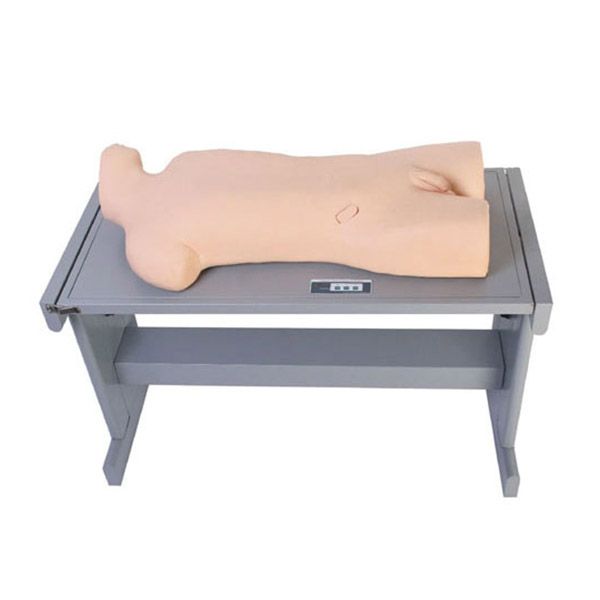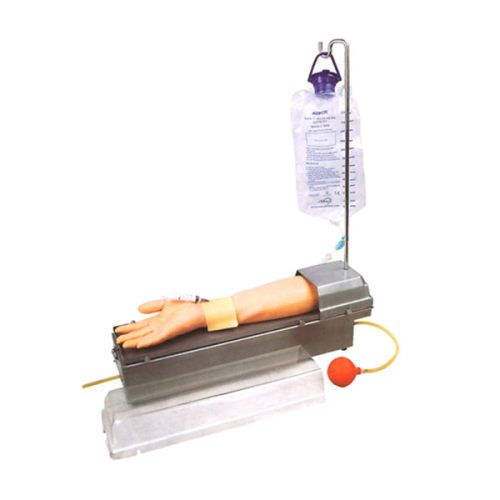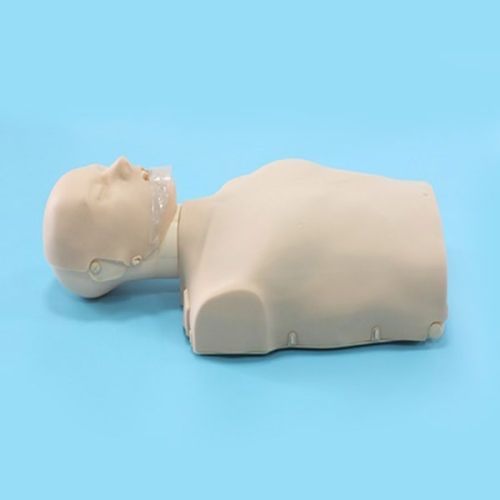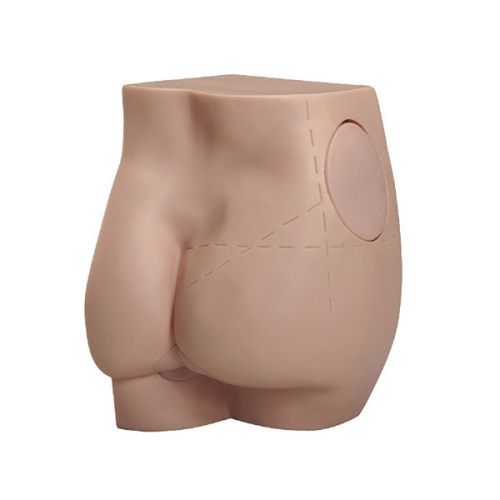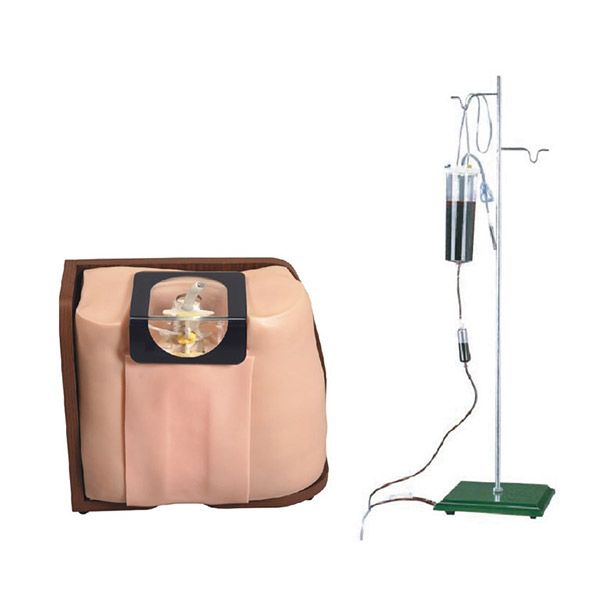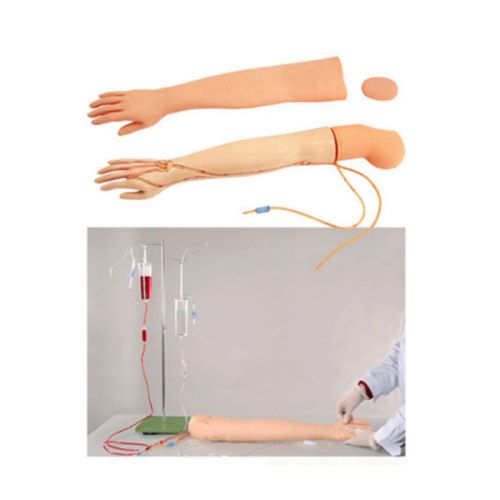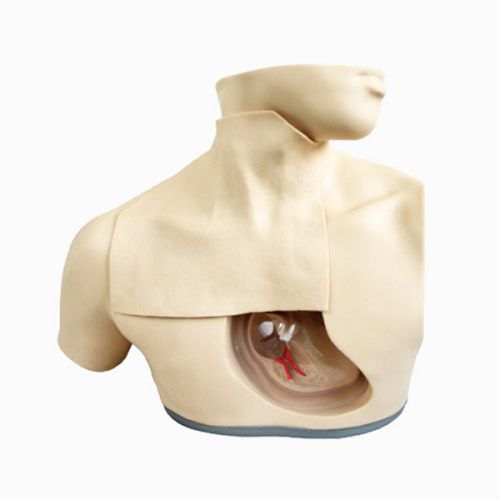Medical students and residents rely on training mannequins every day. These realistic tools turn theory into safe, hands-on practice—from CPR to surgical skills.
But not all simulators are the same. Smart buyers compare features carefully to ensure the model they choose builds confidence.
This quick guide explains what to look for, what to avoid, and which brands top medical schools trust, saving you time, money, and headaches.
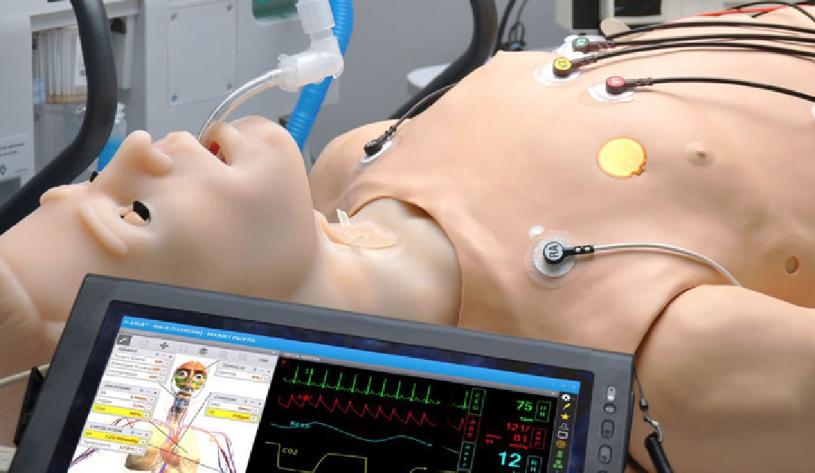
Why Medical Simulators Are Essential for Skill Development
The medical field demands precision, quick thinking, and confidence under pressure. Real-life situations often leave little room for error. Medical simulators bridge that gap, allowing learners to:
✅ Practice procedures repeatedly without risking patient safety
✅ Gain confidence through realistic, scenario-based training
✅ Master both technical skills and clinical decision-making
✅ Receive immediate, objective feedback for improvement
Whether it’s mastering chest compressions on a CPR training manikin or simulating emergency surgery, high-quality simulators are the foundation for building real-world competence.
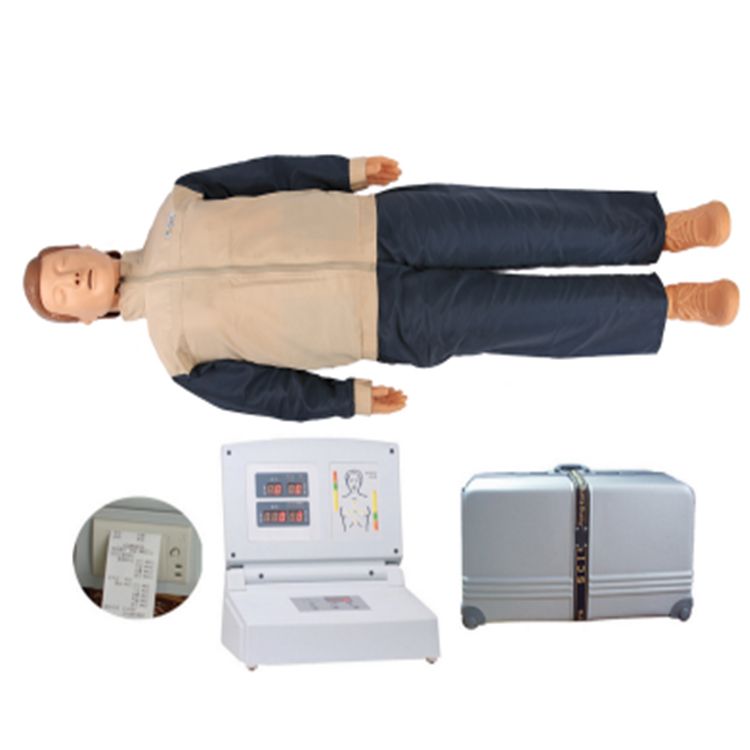
5 Must-Have Features of a High-Quality Medical Simulator
Choosing the right simulator isn’t just about budget or brand name. It’s about ensuring the tool fits your educational goals, technical standards, and user needs.
Here’s what defines a truly effective medical simulator:
Realism and High Fidelity
The closer the simulator mimics real human anatomy and physiology, the more effective the training. Look for:
✔ Anatomically correct organ structures
✔ Realistic skin, tissue, and joint response
✔ Functional physiological simulations (e.g., breathing, pulse, vital signs)
✔ Accurate clinical environment settings (hospital beds, alarms, medical tools)
For example, CPR simulators should provide real-time feedback on compression depth, rate, and ventilation, mirroring real-life resuscitation scenarios.
Functional Versatility
Your training needs will evolve. A versatile simulator supports a wide range of skills, such as:
✔ Basic care: Injections, auscultation, first aid
✔ Advanced procedures: Airway management, trauma response, surgical simulations
✔ Specialty-specific scenarios: Obstetrics, cardiology, emergency medicine
✔ Multi-level training: From beginners to experienced clinicians
Tip: Choose a simulator that offers manual modes for hands-on learning, automated demos for instruction, and customizable case-based scenarios.
Real-Time Feedback and Performance Assessment
Without feedback, learners can’t improve. A high-quality simulator should provide:
✔ Objective performance data (accuracy, timing, technique)
✔ Immediate alerts for errors (e.g., incorrect suture placement, improper compressions)
✔ Integrated clinical guidelines for decision-making training
✔ Data recording for tracking progress over time
This accelerates skill acquisition and builds confidence.
Customizability for Specialized Training
Different healthcare fields have different requirements. The ideal simulator allows you to:
✔ Tailor scenarios to your institution’s needs (e.g., cardiac emergencies, maternal care)
✔ Adjust physiological parameters based on learning objectives
✔ Integrate specialty modules for targeted skill development
✔ Create diverse, realistic training situations
Customizability ensures relevance, effectiveness, and long-term value.
Ease of Use and Maintenance
A simulator should empower instructors and learners, not frustrate them. Look for:
✔ Intuitive user interfaces and quick setup
✔ Clear instructions for operation and troubleshooting
✔ Durable materials with realistic tactile feedback
✔ Easy cleaning, servicing, and parts replacement
✔ Reliable technical support and after-sales service
Minimizing downtime keeps your training programs running smoothly.
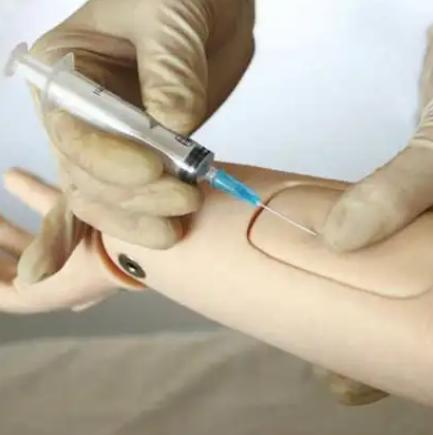
Common Mistakes to Avoid When Selecting a Medical Simulator
Choosing the wrong simulator can waste resources and hinder learning outcomes. Avoid these pitfalls:
- Focusing Only on Price: Low-cost options often sacrifice quality, realism, and durability
- Ignoring User Feedback: Instructors and trainees should test the simulator before purchase
- Overlooking Support and Warranty: Reliable after-sales service is crucial for long-term usability
- Neglecting Training Goals: Define your educational needs first; buy accordingly
Remember: A well-chosen simulator is an investment in safer, more competent healthcare professionals.
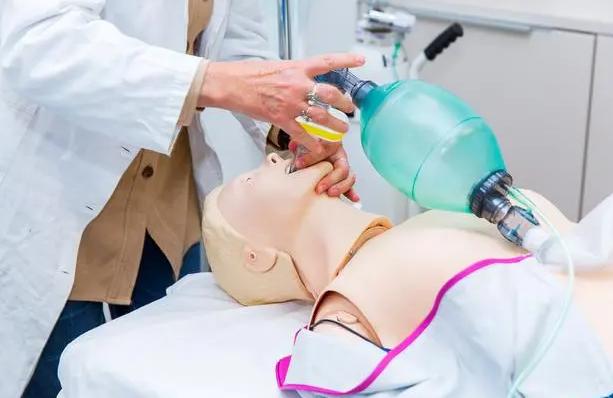
Trusted Medical Simulator Brands to Consider
The market offers numerous options. Here are respected brands known for innovation, realism, and support:
| Brand | Key Products | Strengths |
| Laerdal Medical | Resusci Anne (CPR), SimMan | High-fidelity, durable, comprehensive support |
| CAE Healthcare | Lucina (Childbirth), Vimedix (Ultrasound) | Cutting-edge technology, specialty modules |
| Scopelab | CPR Manikins, Anatomy Models | Cost-effective, reliable for teaching needs |
| Gaumard Scientific | Newborn Tory, HAL Series | Versatile scenarios, realism, adaptability |
| Simulaids | Adult, Pediatric, Neonatal Simulators | Broad product range, practical applications |
Pro Tip: Evaluate the warranty terms, technical training options, and spare parts availability for each brand.
Conclusion: Make Informed Decisions, Improve Outcomes
The right medical simulator transforms theory into practice, builds clinical confidence, and prepares healthcare professionals for the realities of patient care.
Key Takeaways:
✔ Prioritize realism, versatility, feedback, and ease of use
✔ Customize based on your institution’s specific needs
✔ Avoid common mistakes that hinder training effectiveness
✔ Choose reputable brands with strong support systems
Investing in quality healthcare simulation tools is investing in better patient outcomes, safer practices, and more effective training.
